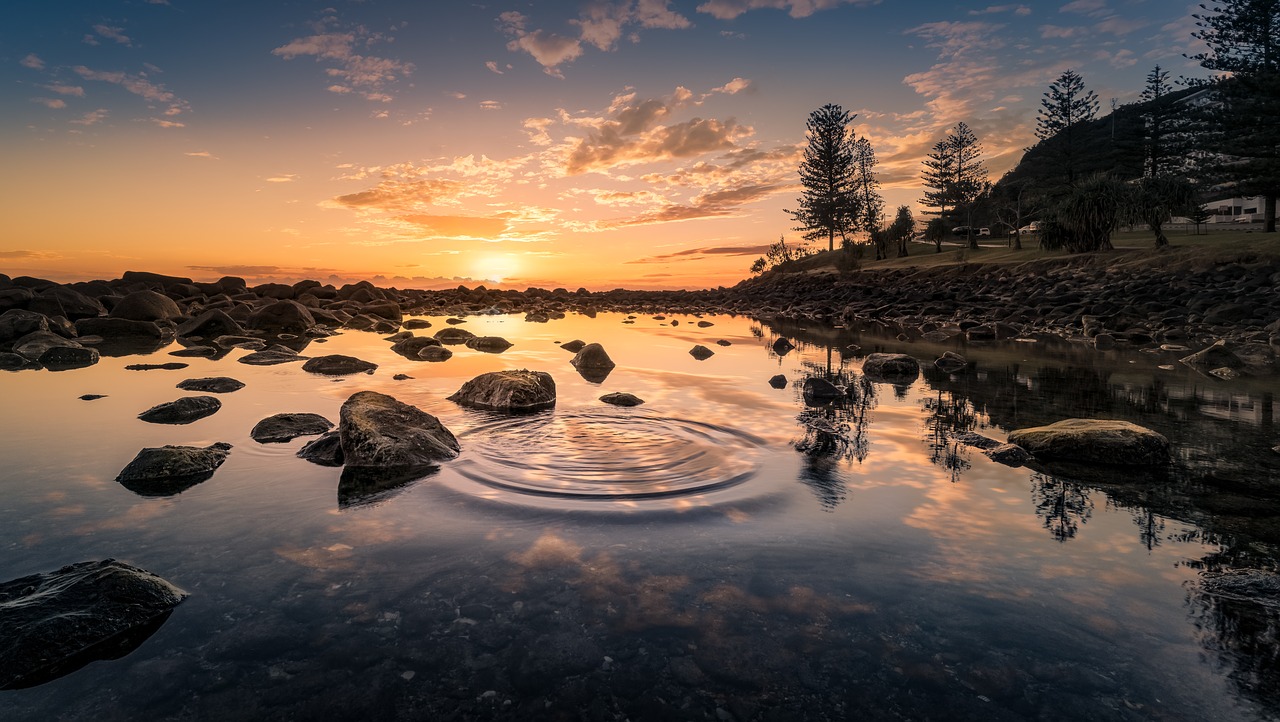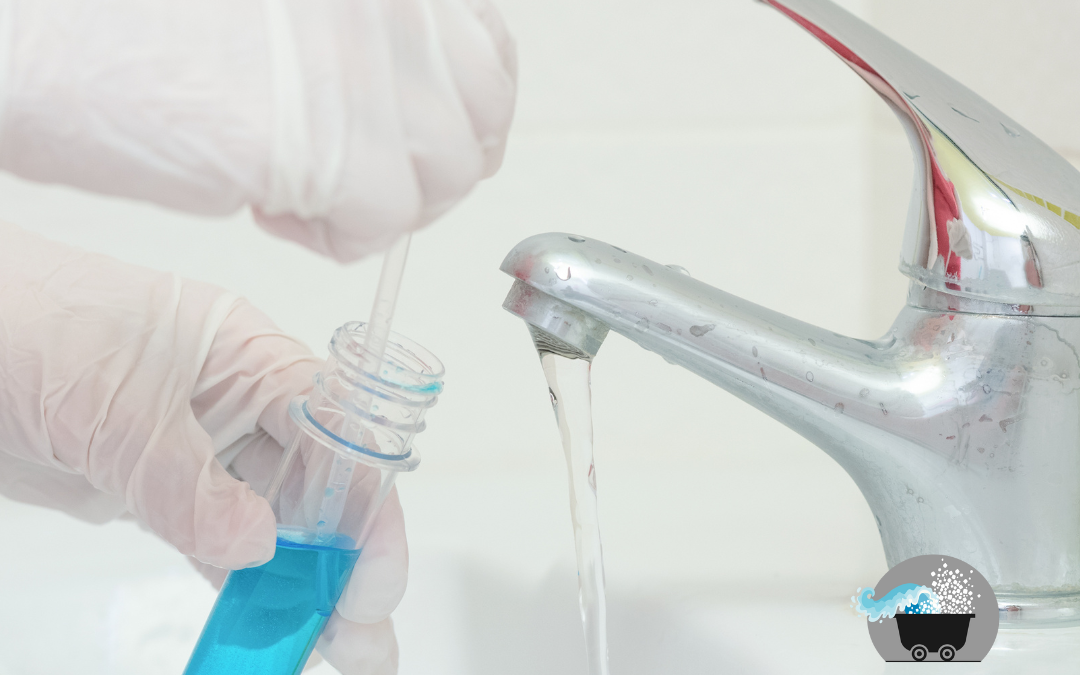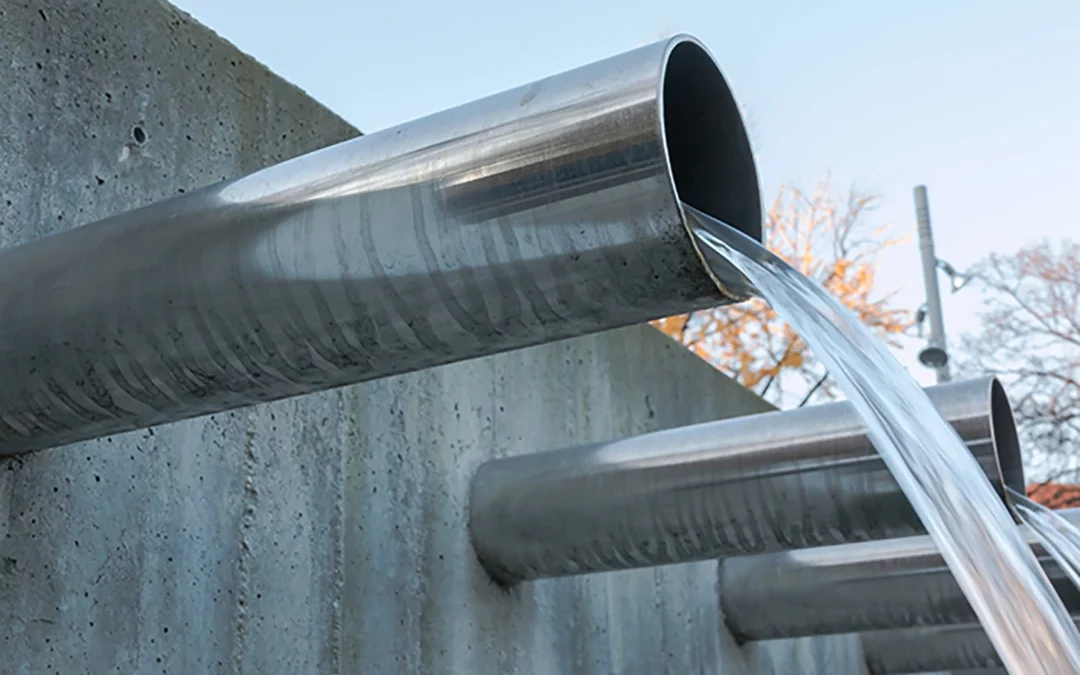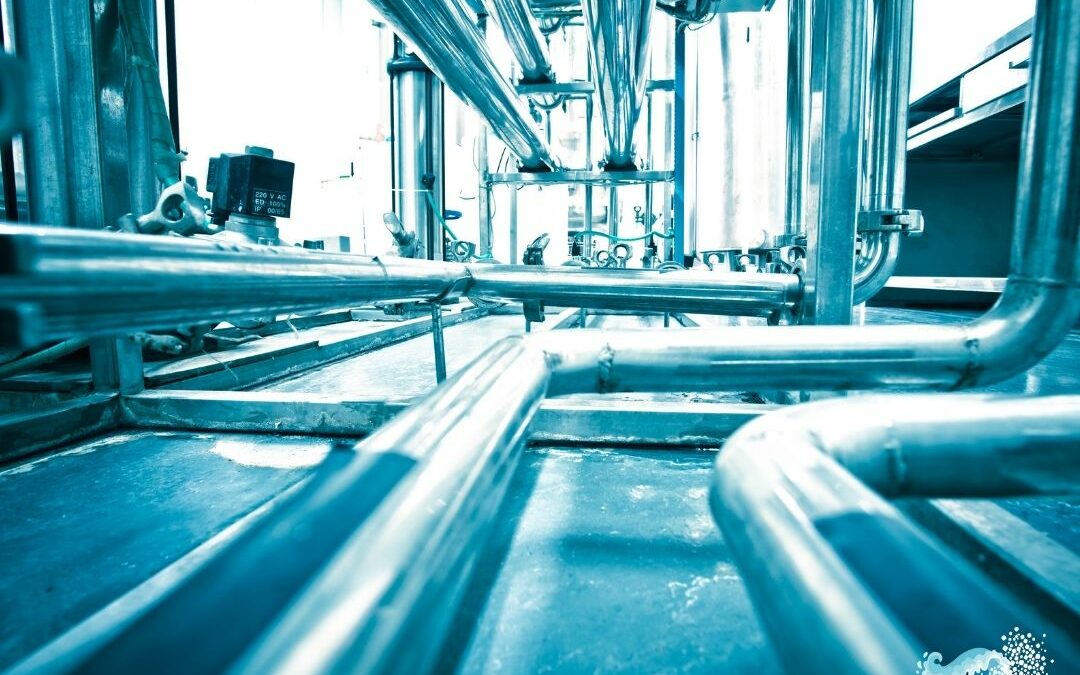During the last century, humans have come up with many ways to utilize salt. In fact, some sources estimate there are over 14,000 different uses for this common chemical compound! Many years ago, salt’s primary use was for food preservation. Today it is used for everything from enhancing the flavor of food to de-icing wintery roads and softening hard water. Its increased use, however, has led to salt contamination of many areas of our environment. This increased use has has resulted in costly side effects.
Salt Contamination Impact on Infrastructure
Salt is commonly used in many areas of the country to reduce ice and improve road safety during the winter. Overuse, however, has had negative and costly impacts on the infrastructure that is treated. For example, salt can penetrate and eat away at concrete on bridges, compromising their integrity and causing safety concerns. According to a 2006 report by the city of Madison, WI, the cost of correcting and/or preventing salt corrosion on highways and automobiles was over 16 billion dollars a year!
Salt’s Impact on soil
Regardless of where it comes from, salt alters the chemistry of the soil it penetrates. It especially affects the permeability of the soil, determining how much and how quickly water is allowed to pass through. This can negatively affect the ability of the soil to grow crops; rendering certain land areas useless in terms of agriculture.
The average homeowner with a water softener can also have personal experience with salt contamination and its costly effects. Large quantities of salt are discharged from the water softener into the septic on a regular basis, and over time can build up in the soil of the leach field and affect whether or not the septic system works properly. The cost of replacing a failed leach field due to salt contamination can be thousands of dollars.
Impact on Water Quality
Water with high salt content can negatively affect the health of humans, pets, wildlife, and vegetation. Because of this, many municipalities are forced to spend millions of dollars each year to treat drinking water and wastewater that is contaminated by salt. In New Hampshire between 1983 and 2003, for example, the Department of Transportation had to spend 3.2 million dollars to replace over 400 private wells that had become contaminated by road salt runoff!
What is the solution to salt contamination?
As the high cost of salt contamination becomes more of an issue, it is increasingly important to find answers to the problem. One solution is to decrease the total amount of salt that is used. New technology such as The Salt Miner, for example, reduces salt used in water softeners, meaning that less salt gets discharged into sewers and ultimately, the rest of the environment. With a concentrated effort and the willingness to try new things, we can reduce salt contamination, save money, and preserve our water for the future.





